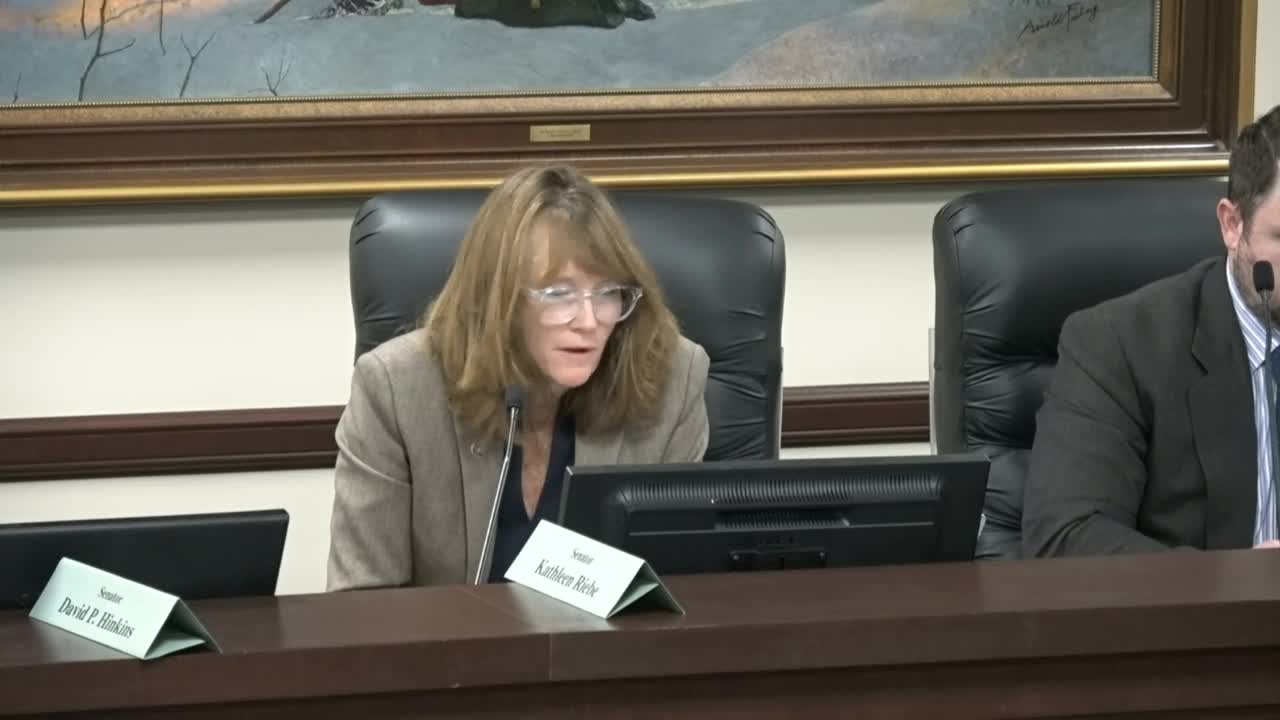Utah's Unique Growth Sparks Debate on Higher Education Needs
October 15, 2024 | Utah Interim, Utah Legislative Branch, Utah
This article was created by AI summarizing key points discussed. AI makes mistakes, so for full details and context, please refer to the video of the full meeting. Please report any errors so we can fix them. Report an error »

In a recent government meeting, discussions centered on Utah's rapid population growth and its implications for higher education. A committee member highlighted Utah's status as one of the fastest-growing states in the U.S., questioning how this growth compares to other states like Florida, Texas, and California. The response emphasized that while these states also experience significant population increases, the demographic shifts differ, with many older individuals moving to states like Florida, contrasting with Utah's younger population influx.
The conversation then shifted to the unique characteristics of Utah's higher education landscape, particularly the high mobility of students within the state. A committee member raised concerns about how space utilization in educational institutions might affect students' ability to transition between schools. The discussion referenced a study by the National Center for Higher Education Management Systems (NCHEM), which took into account Utah's distinct demographic and cultural factors when developing enrollment projections.
The meeting also addressed the importance of physical infrastructure in attracting public investment in universities. A committee member noted that while financial considerations are crucial, the public's perception of educational facilities significantly influences their willingness to invest. This sentiment underscores the ongoing challenge of balancing economic soundness with community expectations regarding educational environments.
Overall, the meeting highlighted the complexities of managing higher education in a rapidly growing state, emphasizing the need for tailored strategies that reflect Utah's unique demographic and educational dynamics.
The conversation then shifted to the unique characteristics of Utah's higher education landscape, particularly the high mobility of students within the state. A committee member raised concerns about how space utilization in educational institutions might affect students' ability to transition between schools. The discussion referenced a study by the National Center for Higher Education Management Systems (NCHEM), which took into account Utah's distinct demographic and cultural factors when developing enrollment projections.
The meeting also addressed the importance of physical infrastructure in attracting public investment in universities. A committee member noted that while financial considerations are crucial, the public's perception of educational facilities significantly influences their willingness to invest. This sentiment underscores the ongoing challenge of balancing economic soundness with community expectations regarding educational environments.
Overall, the meeting highlighted the complexities of managing higher education in a rapidly growing state, emphasizing the need for tailored strategies that reflect Utah's unique demographic and educational dynamics.
View full meeting
This article is based on a recent meeting—watch the full video and explore the complete transcript for deeper insights into the discussion.
View full meeting

